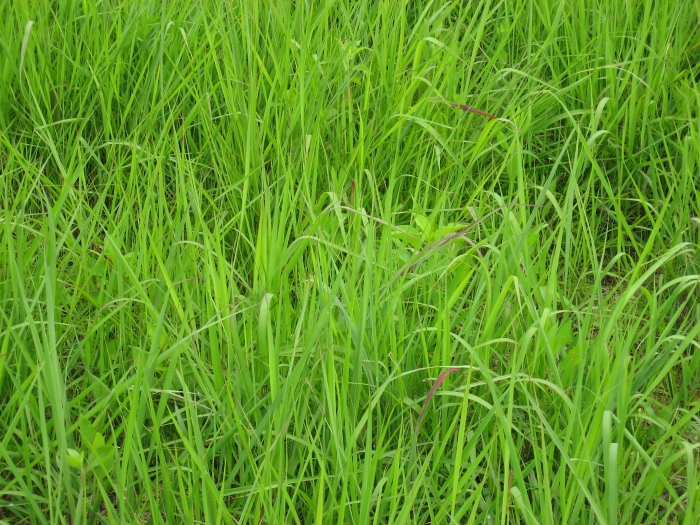Indiangrass
(Sorghastrum nutans)
Indiangrass (Sorghastrum nutans)
/
/

Chhe (talk)
Public domain
Image By:
Chhe (talk)
Recorded By:
Copyright:
Public domain
Copyright Notice:
Photo by: Chhe (talk) | License Type: Public domain | License URL: https://creativecommons.org/public-domain/ | Uploader: BotMultichillT | Publisher: Wikimedia Commons | Title: SorghastrumNutans.jpg | Notes: ;Name:Sparmannia africana ;Family:Tiliaceae Image no. 4 Permission granted to use under GFDL by Kurt Stueber Source: [http://www.biolib.de www.biolib.de] {{GFDL}} |







































































Estimated Native Range
Summary
Sorghastrum nutans, commonly known as Indiangrass, is a deciduous perennial grass native to the tallgrass prairies and open woodlands of the Central and Eastern USA and Mexico. It typically reaches a height of 5 feet and a width of 1-2 feet. Indiangrass is characterized by its upright form and slender, blue-green leaves that turn golden in the fall. From late summer to early fall, it produces showy, branched clusters (panicles) of spikelets that are golden-brown, with each spikelet containing one perfect floret. The floret boasts three large, yellow stamens and two feathery stigmas, which are highly ornamental and wind-pollinated. After pollination, the branches of flower clusters bend outward, and the mature seeds disperse to the ground. With approximately 175,000 seeds per pound, Indiangrass is a prolific seed producer.
Indiangrass is valued for its adaptability to various soil types and its contribution to soil conservation and habitat restoration projects. It is often used in prairie restoration, as a border planting, and in naturalized areas. This grass thrives in full sun and is adaptable to a range of soil moisture conditions, from dry to medium wet. It is also known for its tolerance to periodic flooding and drought once established. However, it is intolerant of shade and may not perform well in densely shaded areas. While generally low-maintenance, Indiangrass can be susceptible to rust diseases in humid conditions.CC BY-SA 4.0
Indiangrass is valued for its adaptability to various soil types and its contribution to soil conservation and habitat restoration projects. It is often used in prairie restoration, as a border planting, and in naturalized areas. This grass thrives in full sun and is adaptable to a range of soil moisture conditions, from dry to medium wet. It is also known for its tolerance to periodic flooding and drought once established. However, it is intolerant of shade and may not perform well in densely shaded areas. While generally low-maintenance, Indiangrass can be susceptible to rust diseases in humid conditions.CC BY-SA 4.0
Plant Description
- Plant Type: Grass
- Height: 3-5 feet
- Width: 1-2 feet
- Growth Rate: Rapid
- Flower Color: N/A
- Flowering Season: Fall
- Leaf Retention: Deciduous
Growth Requirements
- Sun: Full Sun
- Water: Medium
- Drainage: Fast, Medium, Slow
Common Uses
Bird Garden, Border Plant, Butterfly Garden, Deer Resistant, Drought Tolerant, Erosion Control, Fire Resistant, Low Maintenance, Street Planting
Natural Habitat
native to the tallgrass prairies and open woodlands of the Central and Eastern USA and Mexico
Other Names
Common Names: Wood Grass, Yellow Indian Grass, Indian Grass, Yellow Indiangrass, Faux-Sorgho Penché, Sorgho Changeant, Indiangräs
Scientific Names: , Sorghastrum nutans, Sorghastrum avenaceum, Sorghum nutans, Andropogon avenaceus, Sorghastrum albescens, Chrysopogon nutans, Trichachne nutans, Sorghastrum flexuosum, Stipa stricta
GBIF Accepted Name: Sorghastrum nutans (L.) Nash